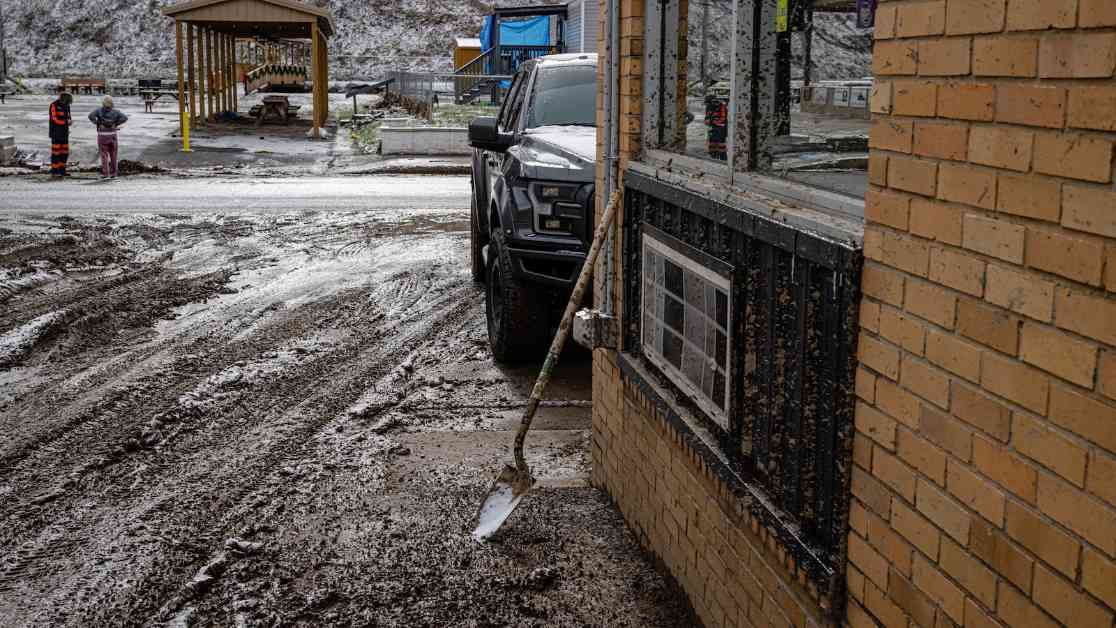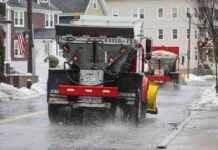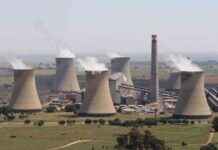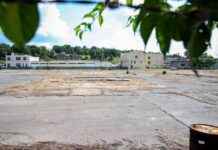When the rivers and creeks in eastern Kentucky overflowed, flooding the region for the second consecutive year, Cara Ellis sprang into action. In the quaint town of Pikeville, she dedicated herself tirelessly to aiding her friends in evacuating and supplying essentials to those who had lost their homes in the deluge. Ellis, in a moment of reprieve amidst the chaos, shared her profound experiences of witnessing the devastation firsthand, underscoring the overwhelming impact of the natural calamity.
The calamity struck central Appalachia with a vengeance during the weekend of February 15, enveloping the region in a cloak of torrential rain. The Levisa Fork of the Big Sandy River swelled rapidly, inundating homes and a portion of downtown Pikeville, prompting a multitude of rescues and leaving several neighborhoods and rural communities without access to running water. The record-breaking winter flood claimed the lives of 21 individuals across Kentucky and two in West Virginia. For Ellis, this was not the first disaster she had encountered, leaving her with a sense of foreboding that such events may become increasingly common.
The inundation of over 8 inches of rainfall across Kentucky, Virginia, West Virginia, and Tennessee submerged the already waterlogged terrain, exacerbating the crisis. This catastrophe unfolded less than three years after a series of floods ravaged eastern Kentucky, resulting in the loss of over 40 lives and extensive damage across multiple counties. Similarly, Hurricane Helene brought about widespread flooding in western North Carolina, southern Virginia, and eastern Tennessee a mere six months prior. The escalating frequency and severity of these disasters are emblematic of the shifting climate patterns that are predicted to intensify with global warming.
Expert Insights on Flood Adaptation
As Nicolas Pierre Zegre, a forest hydrologist at West Virginia University, aptly noted, these unprecedented weather events are a harbinger of a new reality shaped by changing climatic conditions. Acknowledging this fundamental shift opens the door to a broader discourse on the reasons behind these transformations. The escalating risks posed by floods resonate throughout Appalachia, particularly threatening rural communities that are susceptible to being isolated by landslides, fallen trees, and waterlogged roadways.
The urgency of the situation has prompted a grassroots response from residents, crystallizing into an organized community effort with each successive crisis. Zegre aptly articulated the necessity for individuals to be proactive first responders, given the rapid onset of these disasters. The resilience exhibited by Willa Johnson, a lifelong resident of eastern Kentucky, in the face of unrelenting adversity serves as a testament to the unwavering spirit of the region’s inhabitants.
Community-Led Relief Efforts and Mutual Aid
Despite the hardships endured by Johnson and her fellow residents, they have emerged stronger and better equipped to confront future challenges. Their firsthand experiences have forged a deep sense of empathy and camaraderie, transcending state boundaries to extend mutual aid to those in need. The reciprocal nature of this support network has transcended geographic limitations, as exemplified by the outreach from North Carolina to Kentucky, underscoring the interconnectedness and resilience of communities facing similar trials.
Chelsea White-Hoglen, a community organizer in North Carolina, emphasized the importance of fostering human-to-human connections in facilitating effective disaster relief efforts. The collaborative initiatives spearheaded by volunteers like Johnson have streamlined the process of mobilizing resources and coordinating aid, leveraging technology to bridge the gap between donors and recipients. These grassroots movements, in tandem with local authorities, are at the forefront of identifying and addressing the evolving needs of disaster-stricken communities.
Cara Ellis, echoing the sentiments of many residents grappling with the aftermath of recurrent disasters, underscored the imperative of community solidarity in navigating a future fraught with environmental uncertainties. The pressing need for proactive preparedness and collective action underscores the pivotal role played by ordinary citizens in safeguarding their communities against the ravages of climate change. As Ellis poignantly remarked, the onus is on individuals to support one another in the absence of comprehensive global or federal interventions to avert such crises.














